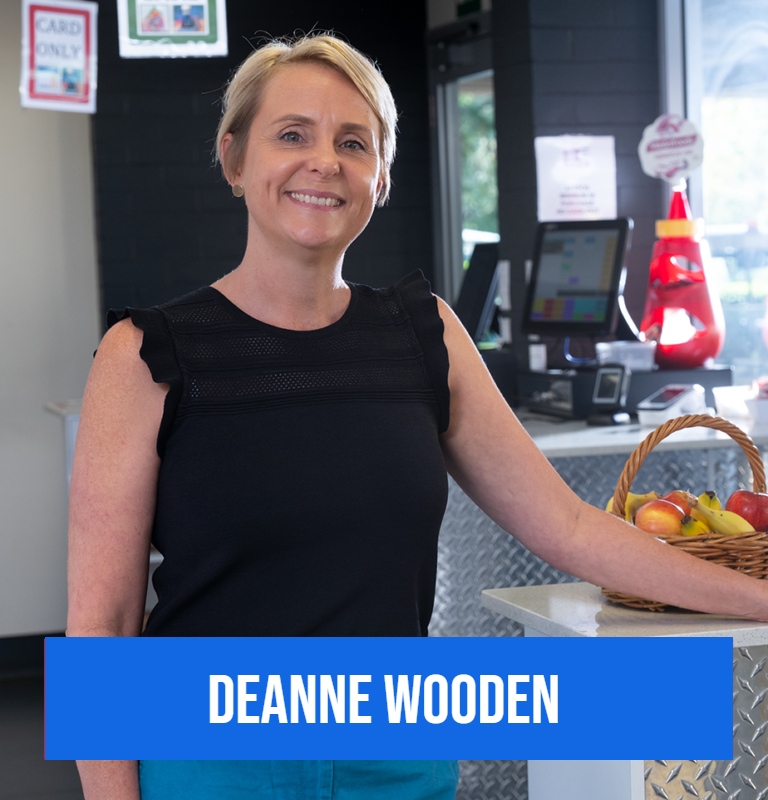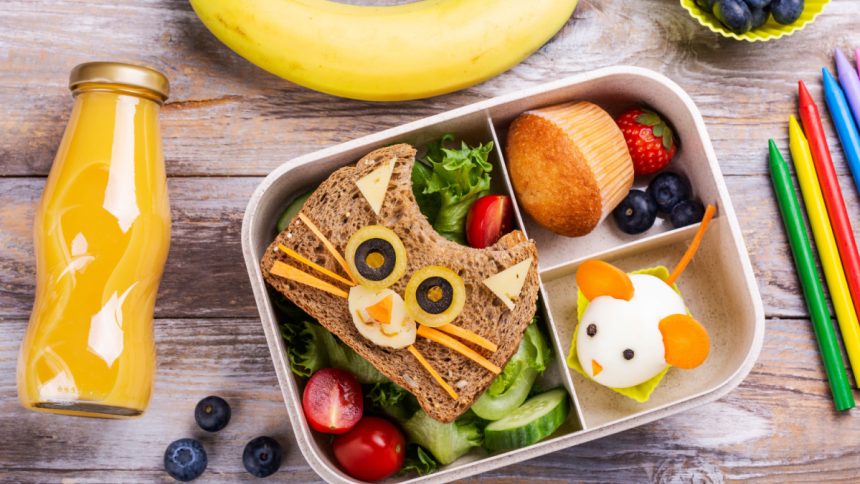New research reveals 49 per cent of Aussie parents feel the biggest changes in education across the decades is the pressure that changed food guidelines and ‘must-have’ lunchbox styles have put on them to create the perfect ‘new age’ lunchbox.
While the integration of technology (76 per cent) and skyrocketing back-to-school costs (57 per cent) are also occupying back-to-school thoughts, for parents and students preparing to pack school lunchboxes to return to Australian classrooms, choosing which foods to include can feel like a never-ending job.
For South Australian school-aged children, the big day is today – Monday, 29 January – a week after Queensland school kids were the first to get back to (school) work on 22 January.
In New South Wales, the Australian Capital Territory, the Northern Territory and Victoria, Term one for 2024 commences on Tuesday, 30 January, while students in Western Australia go back to school on 31 January. Tasmanian students can enjoy some extra time off before they swap their casual clothes for school uniforms and start school on Thursday, 8 February.
Whenever school starts for families facing back-to-school buy-ness, thinking about the healthy food needed to fuel the way through a busy day can feel overwhelming, with changing ideas about what makes a healthy school lunchbox continuing to see favourite foods for school students evolve.
Peeling back the decades for a peek into school lunchbox trends
The research conducted by Australian Bananas also revealed that almost half the 1003 parents surveyed say there are a lot more restrictions on school lunches, compared to when there were at school (67 per cent).
Among the biggest lunchbox no-nos named by Australian parents are nuts (82 per cent), seafood (33 per cent) and treats with sugar (29 per cent).
The biggest challenges related to filling those lunchboxes with snacks and staples that are as delicious as they are nutritious included choosing items their child likes, as well as the worry of being able to afford it, due to the rising cost of living (46 per cent).
The classic sandwiches, including ham or peanut butter, experienced the biggest popularity drop – paving the way for new, fresher favourites, such as sushi and salad. Also in decline are the once ubiquitous plastic lunchboxes, with paper lunch bags virtually non-existent. In their place, 38 per cent of survey respondents favoured bento boxes, with cooler bags not far behind (24 per cent) as the new ‘it’ items in Australian students’ schoolbags.
Aussie children need more fruit and vegetables
While most (70 per cent) participants admitted to finding it increasingly difficult to stick to the evolving school lunchbox guidance, nearly all parents (93 per cent) shared that they include a banana – a food that remains planted on lists of lunchbox-friendly food because of its environmentally friendly natural packaging and its wealth of vitamins and minerals, including natural carbohydrates, vitamin B6 and potassium.

According to Dianne Sciacca, an Australian Banana Grower, “bananas have been the go-to school snack for generations”.
But with the latest figures from the National Health Survey 2022 showing the proportion of children who don’t usually eat fruit daily has doubled (from 2.8 per cent in 2011–12 to 5.8 per cent in 2022) and the proportion of children who do not usually eat vegetables daily has tripled (1.5 per cent compared to 4.5 per cent) over the last decade, Chief Executive Officer of the Queensland Association of School Tuckshops (QAST), Deanne Wooden, says “school lunches absolutely must include more of these foods to improve health outcomes for Australian children”.
Maintaining energy levels can help improve fitness and learning outcomes
“There is plenty of evidence demonstrating a link between healthy eating and better educational outcomes,” Ms Wooden told EducationDaily. “Specifically, students who eat well have decreased rates of absenteeism, fewer behavioural difficulties, and higher grades.”
“Students consume up to one-third of their daily food intake while at school. A nutritious lunch – whether it’s packed from home, or bought from the school canteen or tuck shop – can help students focus better in the classroom and keep their energy levels up for a whole day of schooling,” she says.

Diet diversity top-of-mind for one in four Australians
As families prepare for the new school year and look to reinvent their meal plan, healthy-eating advocates are encouraging Aussies to realise the benefits of introducing meat-free options into their new year mealtime mix – including finding fun and tasty ways to include more plant-based foods in school lunchboxes.
One in four Australians is poised to try a new diet in 2024 and with the increasingly popular Veganuary awareness month – the non-profit movement that encourages people across the globe to try veganism for the month of January – now past the halfway mark for another year, choosing cruelty-free food choices continues to boom.
“Including plant-based alternatives in the weekly meal plan not only adds variety to our plates and has a positive impact on the planet, but also benefits our health and appeases notoriously fussy eaters,” says Tammy Fry, co-founder of Fry Family Food.
“The movement speaks to people on multiple levels – for some, it’s the health aspect that resonates, and for others, it’s the plight of the animals,” says Ms Fry, who has been involved since its inception. “Increasingly, as the data suggests, people are quitting animal products as they become more aware of the impact they have on the planet.”

Plant-based options offer lunchbox food for thought
She says that, in most cases, people have many reasons to choose a vegan diet – some ethical, some environmental and some simply seeking more variety in the food they eat.
“Veganuary is an opportunity for us all to take stock of what we eat and why, and to make some simple plant-based changes to our diets that are so much better for our bodies and for the planet.”
Studies have shown that a plant-based diet can contribute to lower cholesterol levels, as well as reduced risk of heart disease, with participants often reporting increased better digestion, and clearer skin, demonstrating the positive impact of plant-based nutrition on overall well-being.
Healthy bodies (and minds) need healthy school lunchboxes
If the idea of packing another school years’ worth of lunchboxes is already filling you with dread, there is help at hand in the form of recipe inspiration to help busy families create, fast, easy, affordable – and healthy – school snacks and lunchboxes (including fruity smoothie bowls that are perfect for to blitz for breakfast convenience).
For recipes to add colour and personality to school lunchboxes – as well as for breakfast, after-school snacks and budget-friendly family dinners – visit:
- Queensland Association of School Tuckshops
- Australian Bananas
- Healthy Lunch Box
- Healthy Kids Association
Whether you prefer to create snacks and meals that feature iron-rich red meats, lean chicken, or choose from a colourful assortment of fruit, vegetables and legumes, creating healthy school lunchbox fillers can help children tackle their day with enthusiasm and energy.








